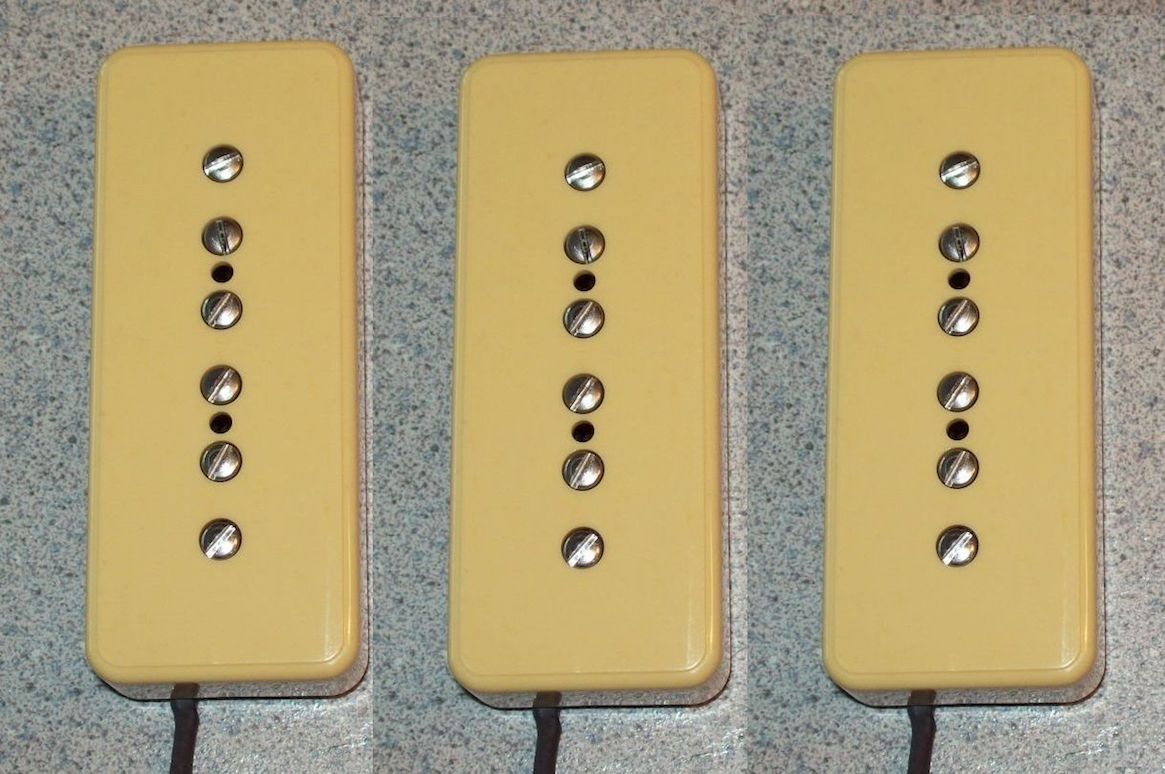On Feedback, Good and Bad
In this article, Pete Biltoft at Vintage Vibe Guitars describes the various causes of guitar feedback, both good and bad, and provides some suggestions for eliminating unwanted feedback.
Thanks again to Pete for the permission to post this here!
June 2013
Howdy!
Feedback: when it is used in an appropriate, controlled manner it can be glorious; when it appears unwanted it is about the worst sound ever. In this Tech Tips newsletter both types of feedback will be discussed.
Let’s start with the undesirable out of control high pitched screech we want to eliminate, and then move on the good stuff.
Unwanted microphonic feedback in guitars with magnetic guitar pickups usually arises from one or more of the following sources listed below. With each of these sources I have added suggestions in italics for eliminating the associated feedback.
Vibration of the coil windings inside a magnetic pickup. Most modern pickups are potted in molten wax under vacuum to reduce the possibility of unwanted microphonic feedback.
Vibration of components in the pickup including the magnets or pole pieces. Modern pickups in good condition should have tight-fitting components which are not prone to vibration. Any loose pole pieces, magnets or other parts should be tightened, replaced or glued in place to prevent vibration. Re-potting in molten wax may be another good option for dealing with loose parts.
Vibration of the pickup cover, mounting screws or other hardware associated with the pickup. Potting the pickup in wax after the pickup cover is installed is recommended. Mounting screws should provide sufficient compression of the springs or rubber tubing which mounts the pickup to the instrument to prevent vibration of these parts.
Vibration of the entire pickup relative to the instrument. Adding compressible foam in the pickup cavity between the pickup and the instrument can help prevent the pickup from vibrating within the instrument.
Vibration of the guitar body. Solid body instruments tend to be much less prone to unwanted feedback than semi-hollow or hollow body instruments. Some players place compressible foam inside hollow body instruments to reduce vibration of the sound board of the instrument under high volume and high gain playing conditions.
Vibration of the strings. Controlling the vibration of the strings with either the fretting hand or strumming hand (palm muting) can reduce unwanted feedback from this source.
Now that the “Bad” feedback is under control, let’s explore the “Good” kind.
Here are a few tips for generating musical sounding controlled feedback:
Set the amplifier to reasonably high volume. This is somewhat subjective, but without sufficient volume initiation of controlled feedback is unlikely.
High gain settings on the amplifier and the use of overdrive, gain, distortion or fuzz pedals can help initiate feedback. While it is possible to generate feedback with clean settings, it may require higher volume than with the appropriate high gain settings or devices.
Turn to have the guitar facing the amplifier. Facing the amplifier will allow the sound waves to have a direct line of sight to the strings and guitar body. Moving the guitar relative to the amplifier (closer or farther away, and at different angles) will allow you to control the amount of gain and even change the pitch of the feedback. Shaking the instrument or adding vibrato with the fretting hand can help also.
I hope you find this information useful.
Please visit the Vintage Vibe Guitars website (www.vintagevibeguitars.com) for more Tech Tips, wiring diagrams and of course a wide selection of pickups for guitar and bass.
Best wishes,
Pete Biltoft
Vintage Vibe Guitars
website: www.vintagevibeguitars.com
email: [email protected]

